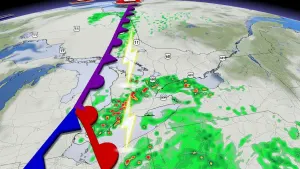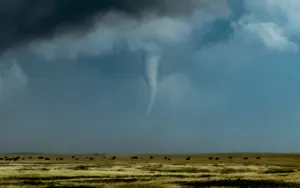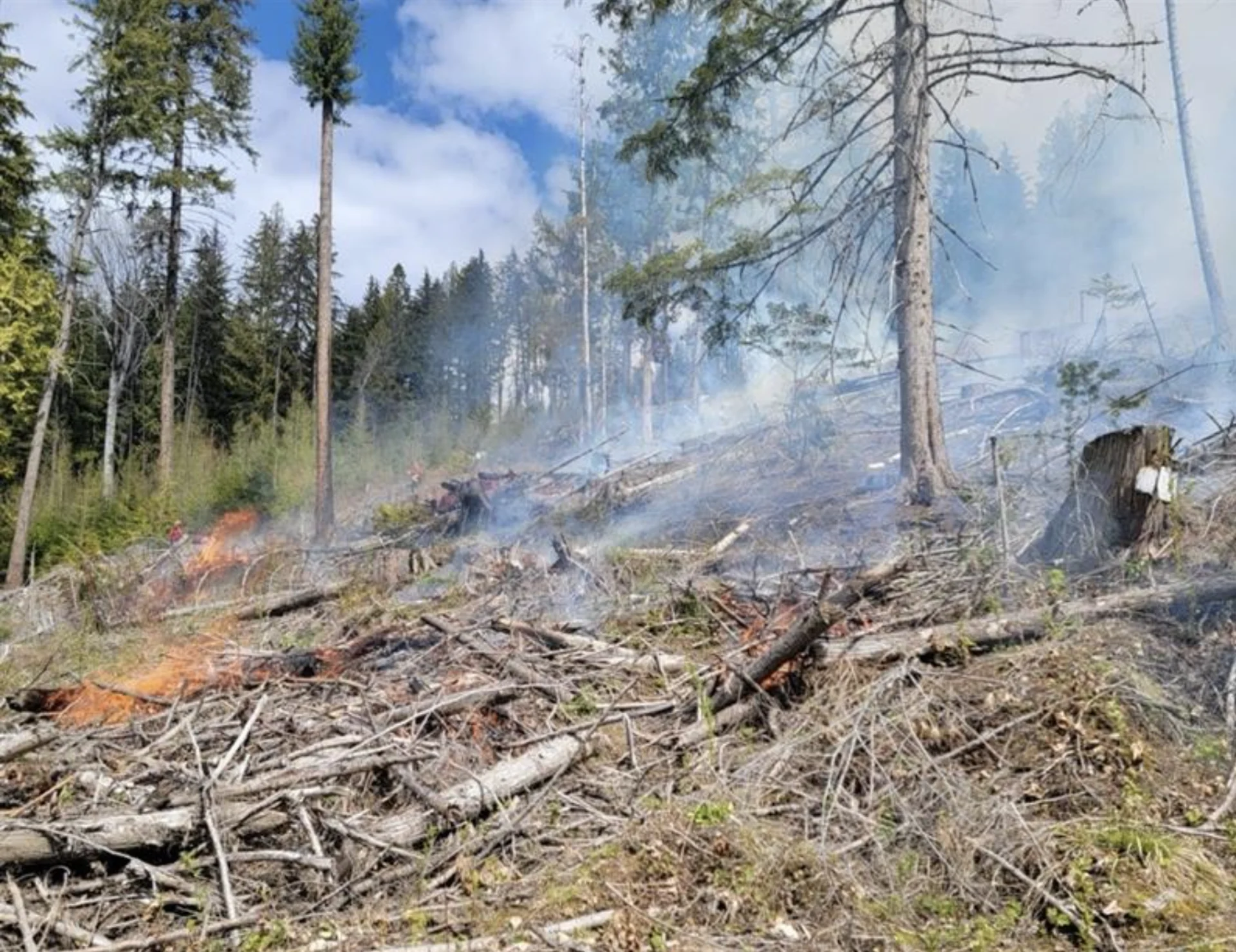
Your guide to B.C. wildfires: Maps, evacuation alerts, air quality and more
Find the latest wildfire news and stories for British Columbia
A lower-than-average snowpack combined with ongoing drought through much of British Columbia has officials bracing for what is likely to be another challenging year for wildfires.
The wildfire season of 2023 was unprecedented, with thousands of people forced from their homes and more than 28,419 square kilometres of land burned — close to the area of Vancouver Island.
The season in 2024 started early, first with holdover or "zombie" fires smoking in early February then with the first evacuation alerts being issued on April 21.
The following is a list of resources available to help get prepared for wildfires in advance, as well as how to find up-to-date local information on evacuation orders and alerts, road closures and air quality advisories as the season develops.
Tracking wildfires in your region
The B.C. Wildfire Service (BCWS) provides a list of all current wildfires in the province, as well as an interactive map that allows you to see where the fires are burning relative to specific communities.
Particular attention is paid to wildfires of note, which are "highly visible" or pose "a potential threat to public safety."
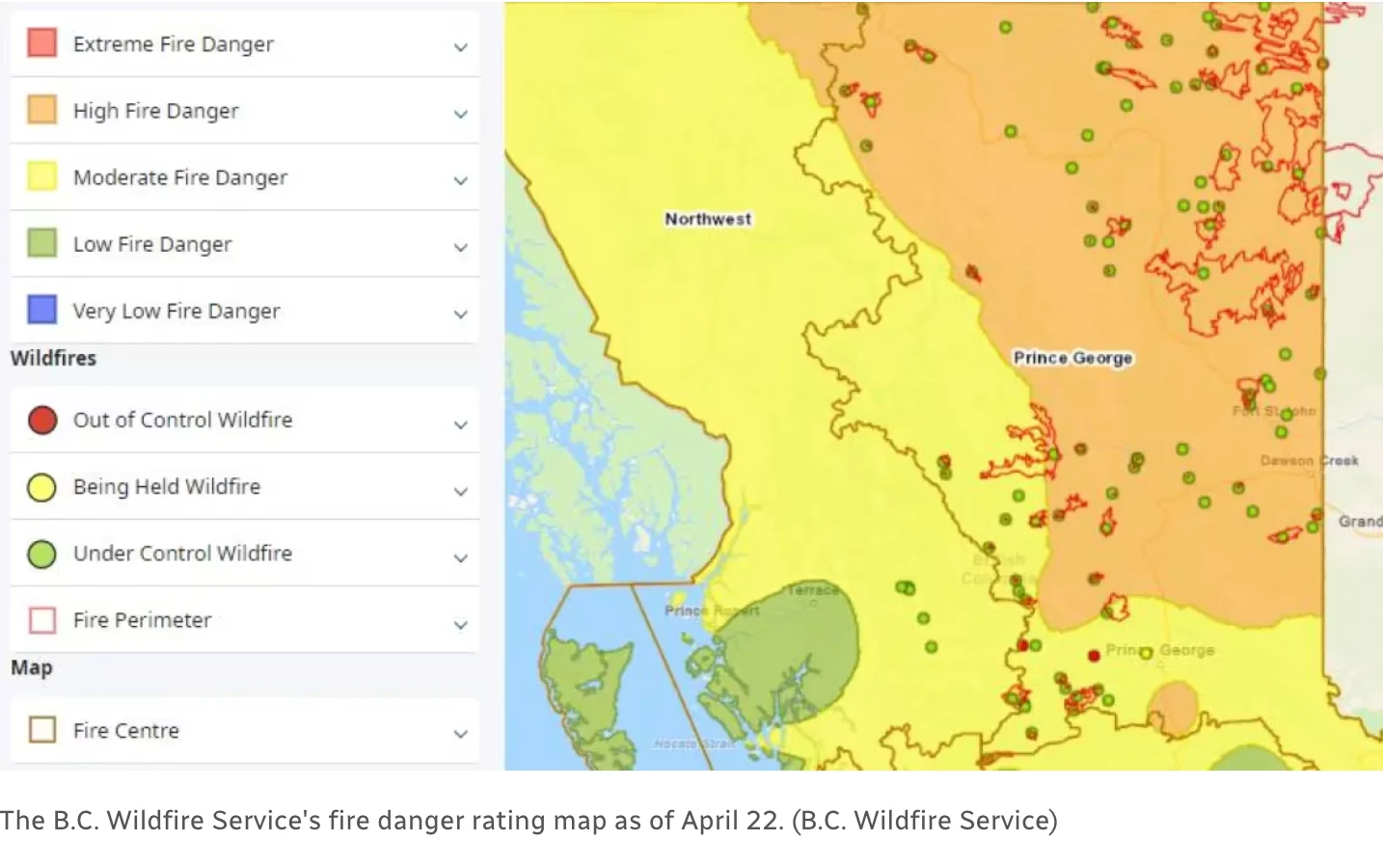
DON'T MISS: Wildfire season roars to life in parts of B.C. and Alberta
Wildfires may also be classified as out of control, which means crews are not able to curb their spread. These fires may not necessarily pose a threat to public safety if they are far from homes or property.
Regular updates are posted by the service on Facebook, X and YouTube and it also offers an app on the Apple App Store and Google Play.
Understanding wildfire terminology
In addition to wildfires of note and out of control wildfires, here are some other key terms you may hear:
A wildfire is an unplanned fire that occurs in a wilderness area, away from people or structures.
A prescribed burn that escapes its intended perimeter can also be considered a wildfire.
An interface fire could potentially affect man-made structures, while at the same time burning natural fuels such as trees and shrubs. In this situation, a house fire could jump to the forest or vice versa.
When a fire is under control but still smouldering it is being held.
A fire is considered contained when a fuel-free perimeter has been established around the blaze.
You can find a full glossary of terms on the BCWS website.
RELATED: Wildfire terms every Canadian should be familiar with
WATCH: How Canada is investing in the fight against wildfires
Causes: lightning vs. human activity
The causes of wildfires in B.C. are divided into two broad categories: lightning and human activity. The BCWS says, on average, 60 per cent of all wildfires in the province are caused by lightning.
RELATED: Top 5 ways human-caused wildfires start, and how to prevent them
Human-caused wildfires are all fires that are not the result of lightning. This can include fires set deliberately or by accident, including through campfires, sparks from railways or industrial activity, discarded cigarettes, fireworks, or lanterns.
The BCWS and other law enforcement agencies may all be involved in investigating human-caused wildfires, and investigations can take months to complete.
WATCH: Top 5 ways humans cause forest fires in Canada
RELATED: How to safeguard your home, community against wildfires before it's too late
Burn bans and restrictions
The B.C. government provides a list of all fire bans and restrictions.
Not all burn bans include a ban on campfires: Open burning bans may restrict the use of burn barrels or fireworks, for example, while still allowing for smaller controlled campfires.
You can learn more about the different categories of burn bans on the B.C. government's open burning page.
WATCH: How to put out your campfire properly during wildfire season
To report a wildfire, unattended campfire or open burning violation, you can call toll-free 1-800-663-5555 toll-free or *5555 on a cellphone.
Protect your home through FireSmart B.C.
FireSmart B.C. is a program aimed at preventing wildfires with tools aimed at First Nations, local government and fire departments.
It offers a series of guides for individuals on how to manage the landscape around homes and properties to decrease the risk of wildfires causing damage, including landscaping guides and tips on maintaining your home to be as fire-resistant as possible.
Evacuation orders and alerts
Local governments and First Nations are responsible for issuing evacuation orders and alerts during emergencies.
An evacuation alert means you should be prepared to leave your property at a moment's notice.
An evacuation order means you must leave the area immediately and are not allowed inside the area covered by the order. These are often enforced by police.
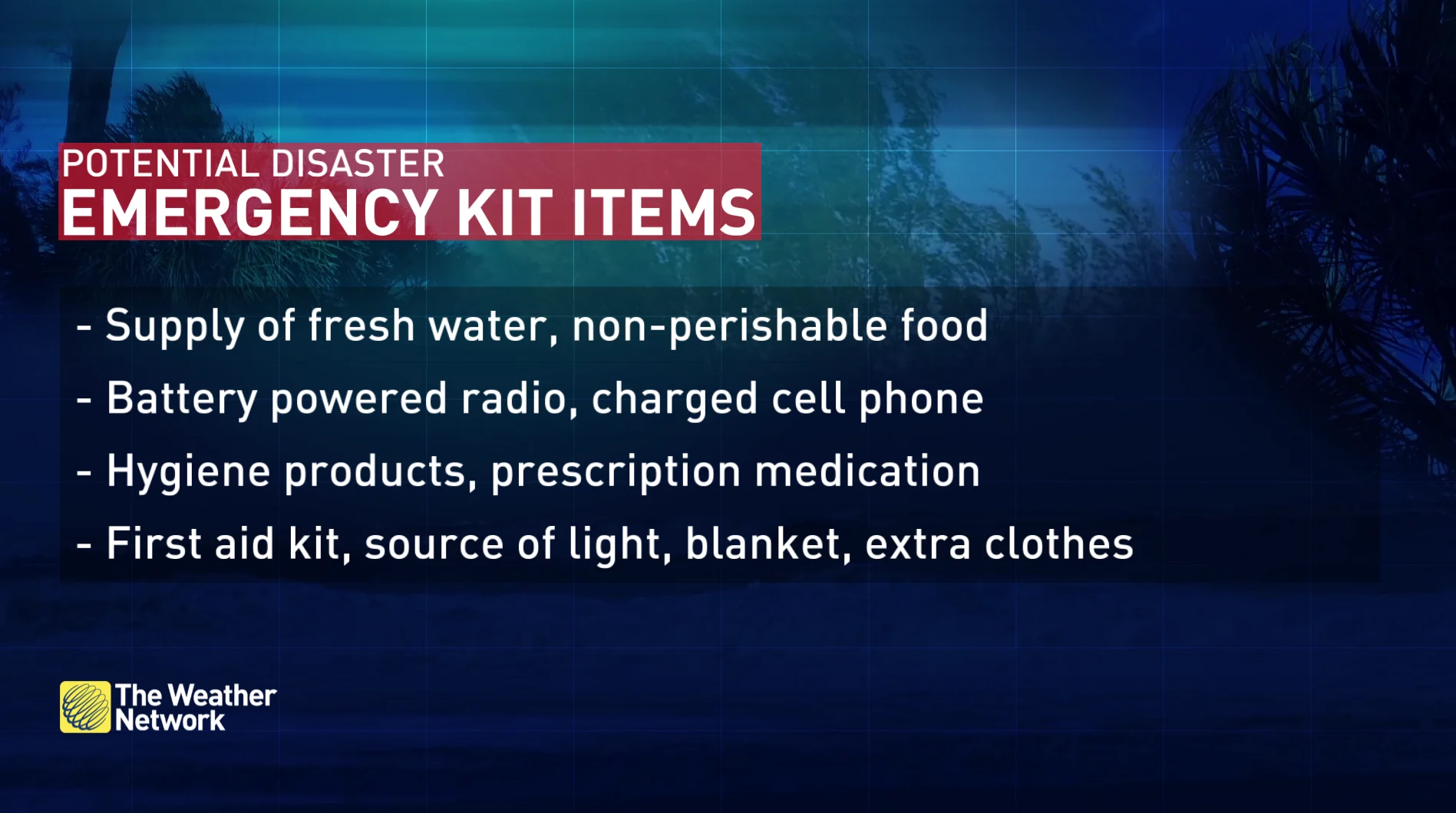
Many local governments have set up text alert systems, which you can sign up for by visiting your municipal government website.
Regional districts often take the lead when it comes to emergency situations. CivicInfo B.C. maintains a directory of regional districts.
After a local government issues an evacuation order or alert, the information is posted online by Emergency Info B.C.
Everyone affected by an evacuation order is asked to check in at a reception centre or via phone so officials can be sure they are safe.
Be prepared to evacuate
Officials recommend you prepare a grab-bag of key items, such as identification, medication and cellphones, so you are ready to leave at a moment's notice.
If your home is under an evacuation alert, it is recommended you bring your kit with you when you run errands or go to work, in case evacuation orders are issued while you're out and you're unable to return home.
Prepared B.C. has a suggested packing list on its website, as does the federal government.
WATCH: What to pack in your 'grab-and-go' box
Road closures
You can check road conditions, closures, delays and detours by visiting the DriveBC website, maintained by the province's transportation ministry.
If you do not have internet access, you can call 1-800-550-4997 toll free to find out current conditions.
Accessing shelter and support
If you are affected by an emergency situation, supports are in place so you can have a place to sleep, access food vouchers and receive financial aid.
This information is collected on the B.C. government's emergency management website.
Insurance
The Insurance Bureau of Canada (IBC) says all standard homeowner and tenant insurance policies cover damage caused by fires and also provide coverage to help with the cost of mass evacuations.
IBC advises anyone forced to flee to make a list of damaged or destroyed items and keep receipts for expenses they incur. The more details, it says, the better when it comes to making a claim.
The bureau also recommends getting your insurance claim started as soon as possible.
Helping others
The BCWS says it cannot accept donations of food, supplies or equipment, nor can individual members.
Instead, it suggests those wishing to help work with organizations like the Canadian Red Cross, which has launched an appeal to help support people affected by wildfires.
The Red Cross says financial donations are the best way to help, so resources can be directed where they are needed and not go to waste.
Canadians wishing to make a donation can do so online at redcross.ca or by calling 1-800-418-1111.
You can check for verified charities through CanadaHelps.
Air quality
Even if flames aren't an imminent threat, smoke from wildfires can travel hundreds of kilometres and affect people's health.
Environment Canada issues public weather alerts, including air quality advisories, on its website and through social media channels.
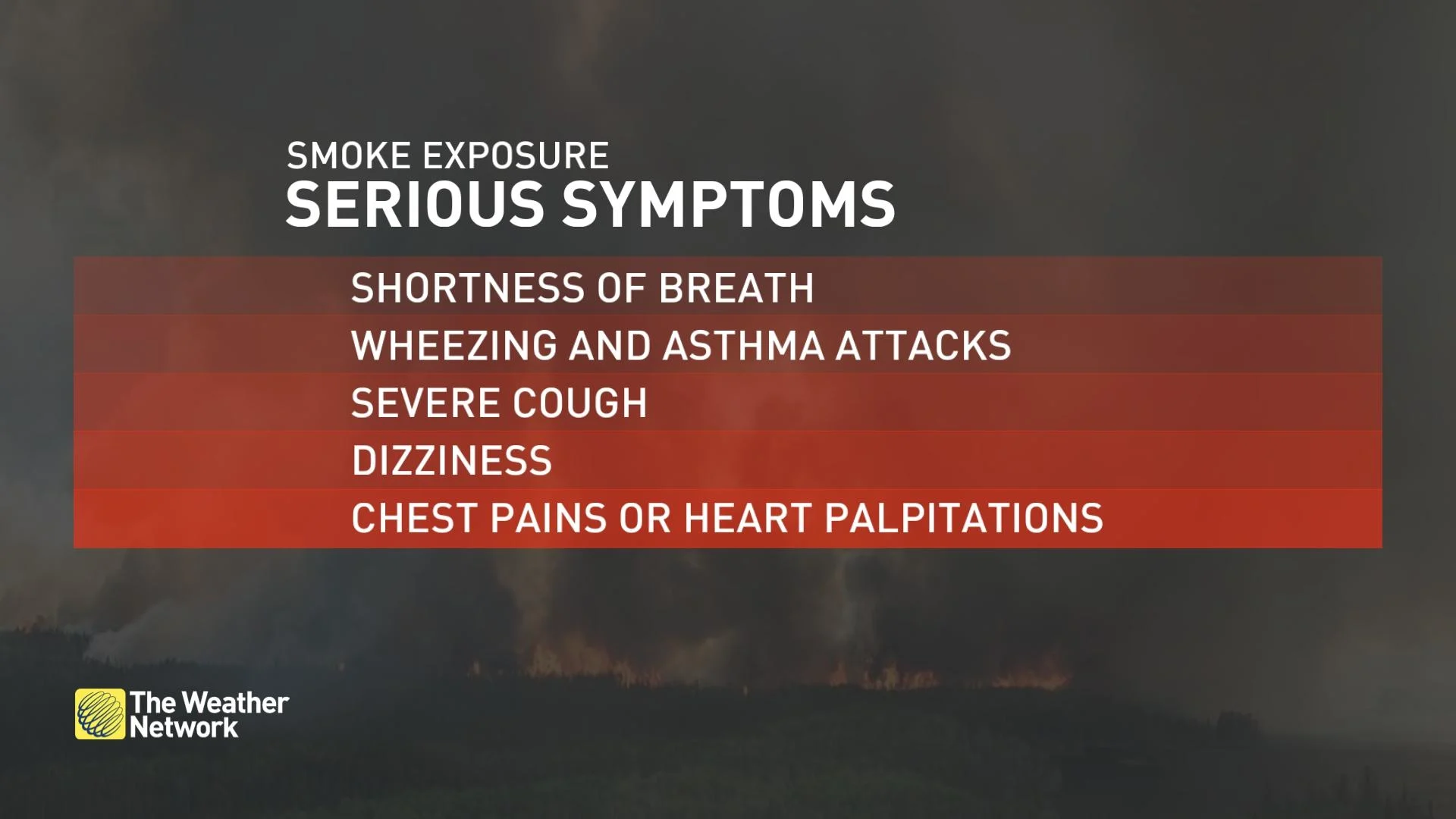
The B.C. government also provides an air quality health index and map that use data from monitoring stations across the province.
Researchers at the University of Northern British Columbia have partnered with Environment and Climate Change Canada to create a crowdsourced map using air quality monitors from across the country.
Learn more about air quality and what the numbers mean.
This article was originally published for CBC News. Contains files from The Canadian Press
Thumbnail image courtesy: B.C. Wildfire Service







